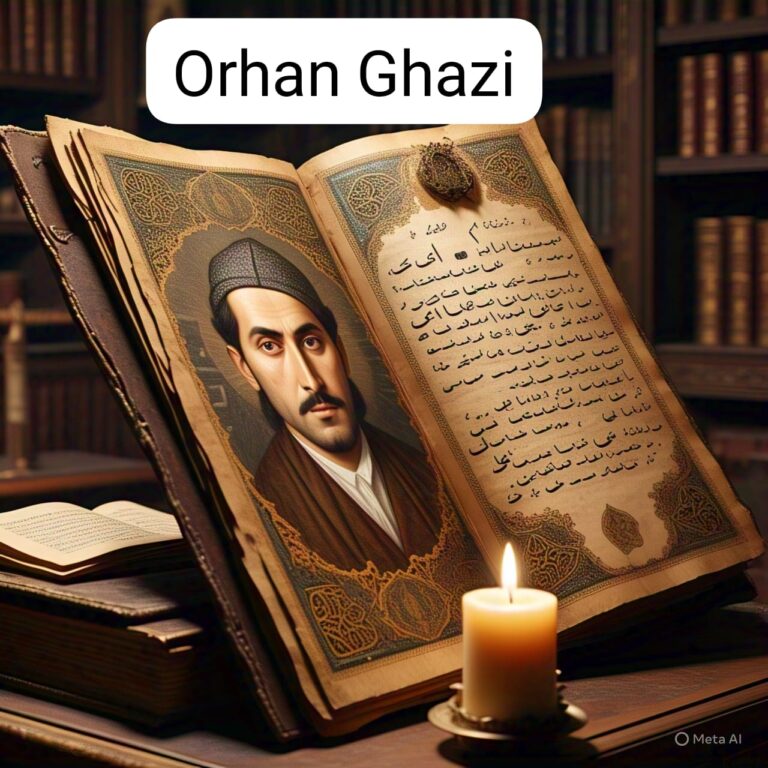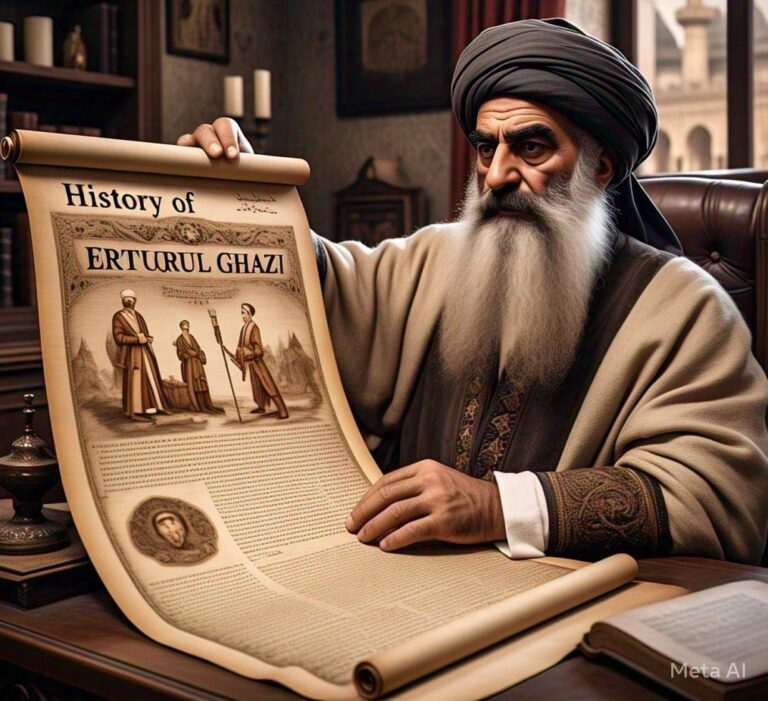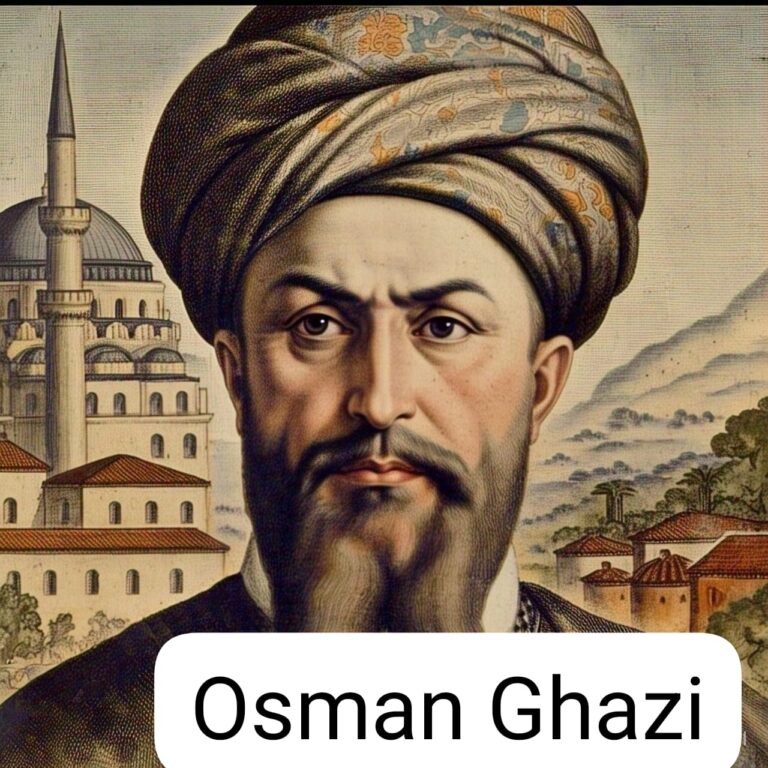History Of Selim the Grim
The Ottoman Sultan Who Redrew the Map
Selim I, famously known as Selim the Grim, was a pivotal figure in Ottoman history, ruling the empire from 1512 to 1520. His reign was marked by significant military conquests, administrative reforms, and a profound impact on the geopolitical landscape of the region.
Early Life and Ascension
Born in 1470, Selim was the son of Sultan Bayezid II. His early life was shaped by the political intrigue and power struggles common in Ottoman succession. Selim’s path to the throne was no exception, marked by conflicts with his brothers and father. He eventually ascended to the throne in 1512 after a series of struggles that eliminated his rivals.
Military Campaigns and Conquests
Selim’s military prowess was a defining feature of his reign. He expanded Ottoman territories significantly through a series of conquests.
1 . The Mamluk Sultanate of Egypt.
Selim’s victory over the Mamluks in 1517 not only added Egypt to the Ottoman Empire but also brought the holy cities of Mecca and Medina under Ottoman control. This conquest bolstered Selim’s claim to the caliphate and enhanced his prestige in the Islamic world.
2. The Safavid Empire.
Selim’s campaigns against the Safavids, particularly the Battle of Chaldiran in 1514, were crucial in securing Ottoman dominance in the region and halting the spread of Shia Islam.

Administrative Reforms
Beyond his military achievements, Selim implemented several administrative reforms aimed at strengthening the Ottoman Empire.
1 . Centralization.
Selim’s efforts to centralize power helped streamline governance and improve administrative efficiency.
2 . Military Reorganization.
He reformed the Ottoman military, enhancing its effectiveness and ensuring it remained a powerful force.
Legacy
Selim the Grim legacy is complex and multifaceted. His military campaigns and administrative reforms laid the groundwork for the continued expansion and stability of the Ottoman Empire. However, his reputation for employed to secure his throne have earned him the moniker ”the Grim.”
Impact on the Modern world
Selim conquests and reforms had lasting impacts on the regions he touched. The Ottoman Empire’s expansion under his leadership set the stage for its dominance in the Middle East and Europe for centuries to come. His legacy continues to influence the political and cultural landscape of these regions.
Conclusion
Selim the Grim remains a significant figure in history, known for his military genius, administrative acumen, and the lasting impact of his reign on the Ottoman Empire and beyond. His story is a testament to the complexities of leadership and the enduring influence of history figures on the modern world.
Additional Insights
1 . Strategic Leadership.
Selim leadership style and strategic decisions continue to be studied by historians and strategists.
2 . Military Innovations.
Selim military reforms and strategies are still analyzed by military historians and strategists.
3. Cultural Exchange.
Selim conquests facilitated cultural exchange between the Ottoman Empire and other region.
4 . Historical Significance.
Selim reign marked a significant turning point in Ottoman history, shaping the empire’s future trajectory.
Further Study
Selim life and reign offer valuable lessons on.
1 . Leadership.
Strategic decision-making, adaptability, and vision.
2 . Statecraft.
Governance, diplomacy, and administration.
3 . Military Strategy.
Innovative tactics, logistics, and battle planning.
4 . Cultural Exchange.
Understanding the impact of conquests on cultural exchange and diffusion.
Benefits of Further Study
1 . Deeper Understanding
Gaining insights into Selim life, reign, and legacy.
2 . Historical Context.
Understanding the complexities of Ottoman history and its global significance.
3 . Leadership Lessons.
Applying historical lessons to contemporary leadership challenges.
Interdisciplinary Approaches
1 . historical Analysis.
Contextualizing Selim reign within Ottoman and global history.
2 . Strategic Studies.
Analyzing military campaigns and strategic decisions.
3 . Cultural Studies.
Examining cultural exchange, art, and architecture.
4 . Economic Analysis.
Assessing economic policies and their impact.
Death and Legacy
Selim I, known as Selim the Grim, died on September 22, 1520. He was succeeded by his son, Suleiman the Magnificent, who expanded the Ottoman Empire further.







